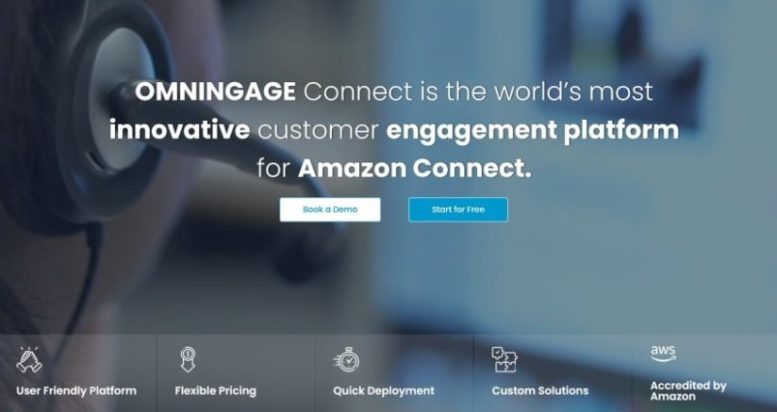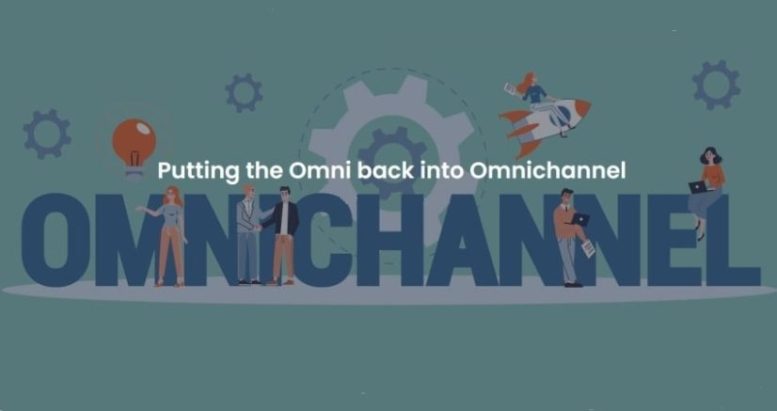Speaking the customer’s language surely everyone speaks English – well don’t they?
Despite Brexit and the pandemic, business still becomes more internationalised.
The European Union (EU) has 24 official languages. These do not include languages spoken by non-EU nationals that live in the EU in sufficient numbers to justify contact centres handling requests in their own languages.
For example, many organizations in the Czech Republic now provide signage, websites and customer support in Russian and Ukrainian. Most Baltic States companies interact with their customers in their own language and Russian.
In the UK, Welsh Water’s website is available in both Welsh and English. National Express has their website available in English and 5 other languages.
Many organisations must communicate with customers in their own languages, or risk losing them to a competitor who can.
“Parlez vous” at a price
Providing bilingual or multilingual customer support can be expensive, especially for smaller organizations.
Sam O’Brien for Ring Central, in his October 2020 article, describes how organisations solve this by simply having someone in the company, who may not necessarily be a trained agent, who speaks this language and asking her to help as needed.
This is not a long-term solution. The capacity to provide service in this language ceases when the person is absent. Their lack of training will give customers a poorer experience.
O’Brien mentions companies offering “over the phone interpretation” (OPI) on a per second or monthly subscription basis. While this allows organizations to talk to customers on an ad hoc basis without specifically recruiting staff who speak these languages, the act of interpreting every word the customer says will at least double Average Handling Time and give the customer a very different experience. It is also only available for voice calls, which does not fill the increasing demand for omnichannel.
Emily Watson of My Customer wrote about outsourcing calls to a BPO employing agents who speak these languages. This passes the problem to the outsourcer, but with the problem goes the solution and direct control of the situation. Not every company is willing to pay for this service or relinquish control. It requires a minimum call volume in those languages to make it a viable proposition.
Another option is to hire and train bilingual agents in the contact centre’s primary language, and also in the target language. The advantages are that the organization has direct control over the agent and the experience they are delivering. Where volumes fall in the target language, the agent can be assigned to handle interactions in the contact centre’s primary language. The disadvantage is that recruiting such agents can be costly. Bilingual agents speaking languages in high demand can attract compensation packages more than 10% above the standard. If too few agents are available to meet the forecast needs, then organizations will have availability gaps. Customers speaking these languages will have a poorer experience.
“Parlez vous” doesn’t have to be pricey!
Kristen Savage, in her October 2020 article in “Call Centre Helper”, recommended that organisations first determine which languages they want to support, then start by having their websites and FAQs translated into the target language.
Tom Tseki’s 2019 article, he described the trends driving the rise of Omnichannel and quoted research from Forrester stating that 76% of customers prefer to use a company’s FAQ website, and 58% prefer to use chat. These numbers may increase where customers do not speak the primary language of the company or the country so well. They can use the website in their own time and, if need be, use Google Translate when using webchat.
Omningage and Amazon Connect enables organizations to set up and run bots in a variety of languages. They can help customers navigate an IVR to find the right queue, and they can complete simple tasks in the customer’s own language 24/7, when agents who speak these languages are unavailable.
Omningage and Amazon Connect can also help companies provide a better experience for these customers by providing automated translation for webchats from the customer’s language to the agent’s language and back again. This can help contact centres fill the gap when agents who speak the customers language are not available, and the problem or request is too complex to be handled by a bot.
Where contact centres do decide to employ staff who speak the customer’s language, Omningage and Amazon Connect can route interactions to these agents either using a conventional IVR or using a bot driven routing process.
Wrap-up
Setting up and running multilingual contact centres can be both complex and costly. Omningage and Amazon Connect can help you achieve your multilingual aims without breaking your budget.
To discuss your requirements, arrange a demonstration or ask for a proof of concept, please use the link below.









